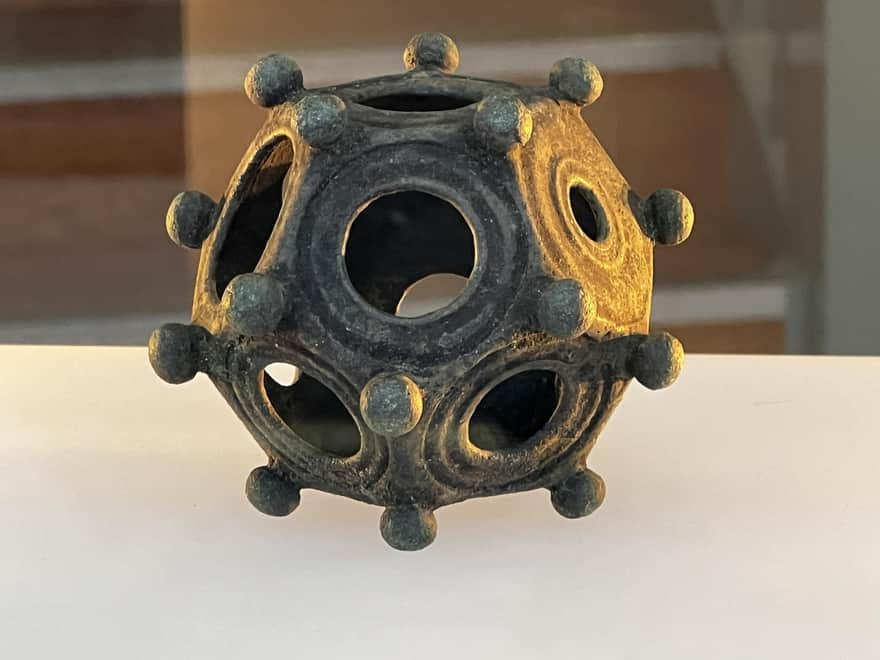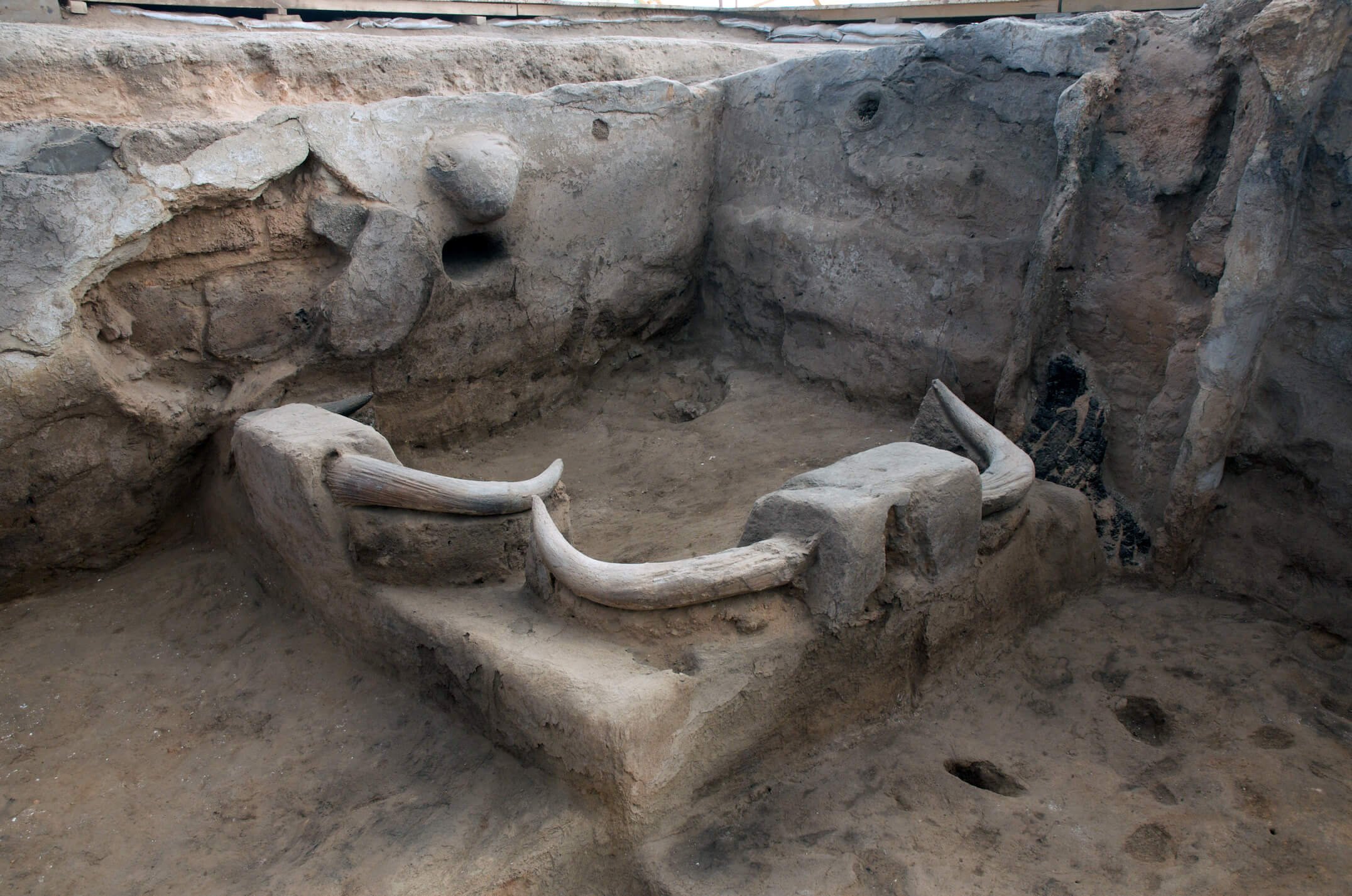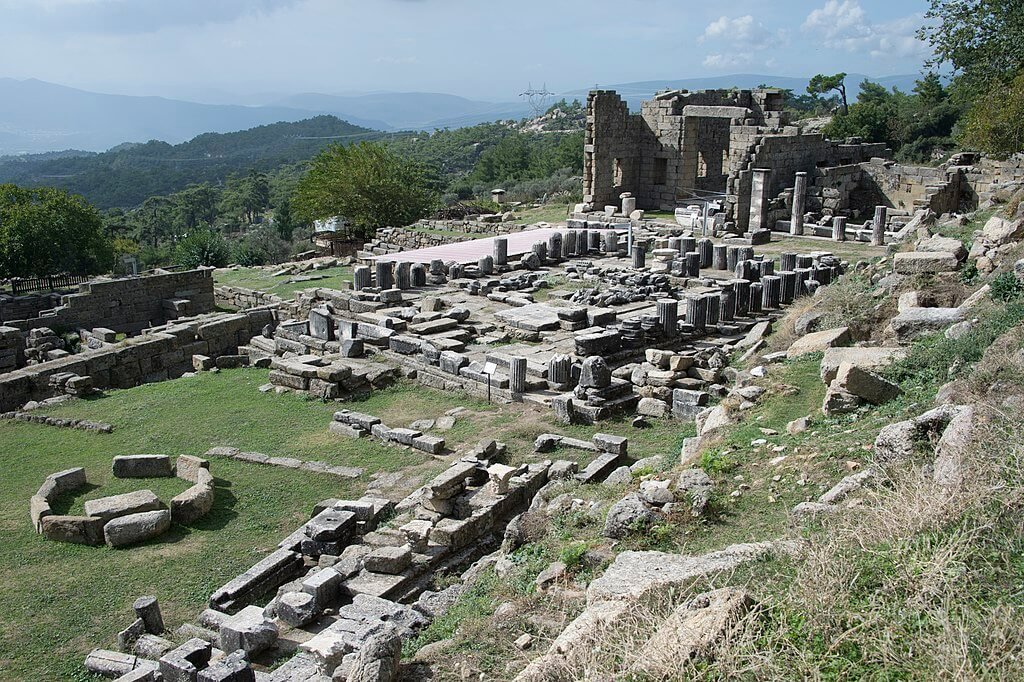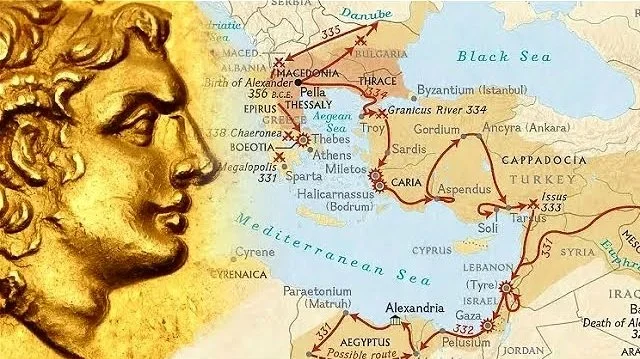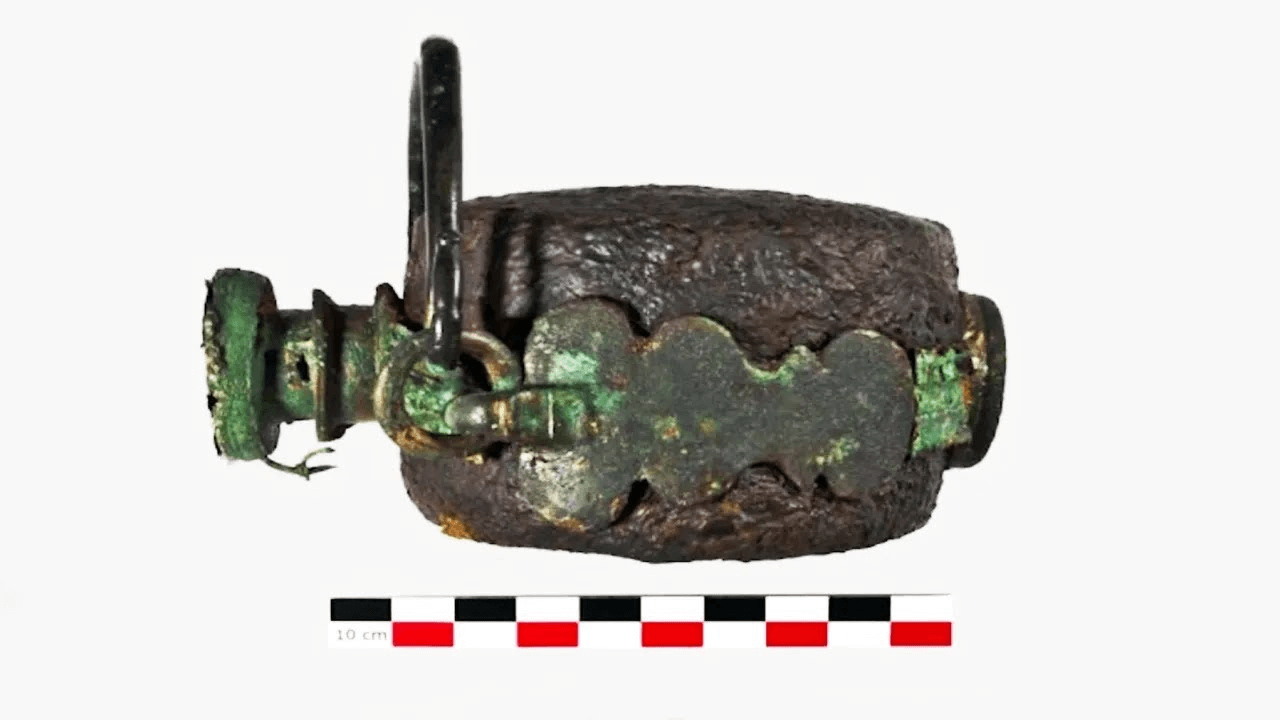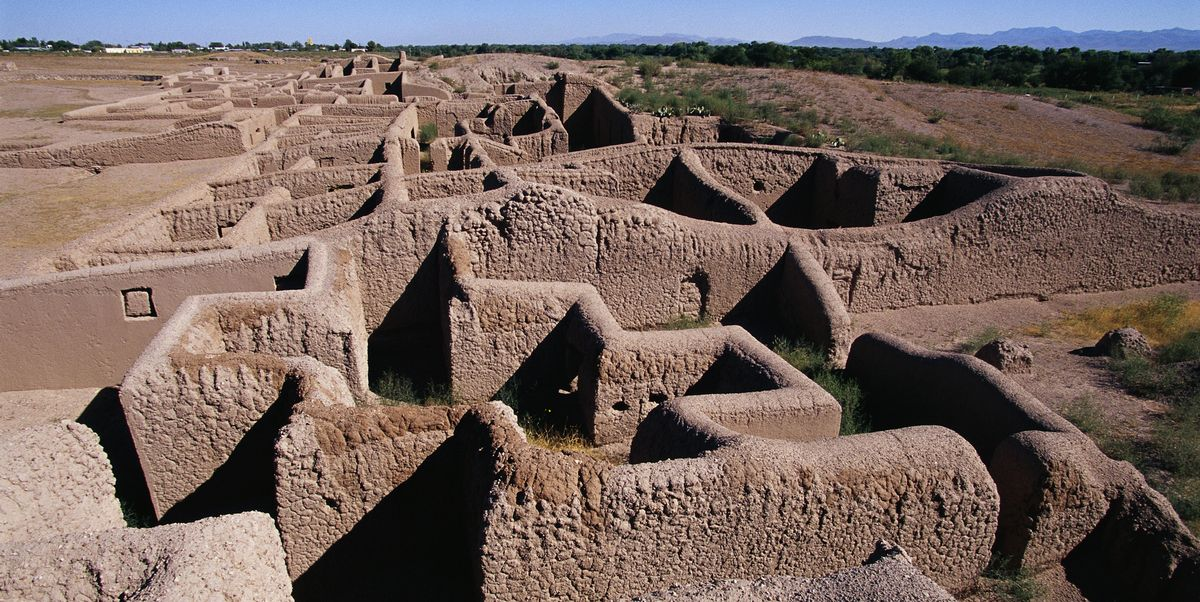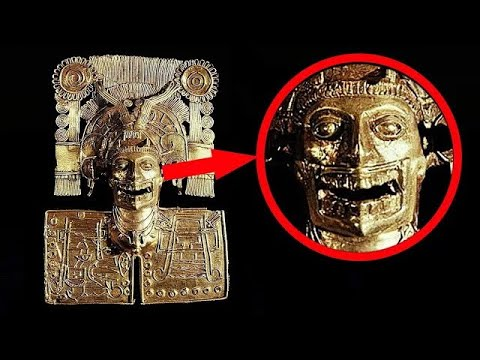Embark on a journey through time and tradition with 'Echoes of Eternity,' a captivating exploration of 100 ancient Japanese names. Each name carries with it a rich tapestry of history, culture, and significance, resonating with the echoes of generations past. From legendary samurai to revered deities, these names offer a window into the soul of Japan's storied past. Delve into the meanings behind each name, uncovering tales of valor, wisdom, and timeless beauty. Whether you seek inspiration for a character, story, or simply wish to immerse yourself in the heritage of Japan, 'Echoes of Eternity' promises an enchanting odyssey through the ancient realms of Japanese nomenclature.
Hachiman - Hachiman, the "God of War" in Japanese mythology, is revered for his strength, protection, and martial prowess. Often depicted as a fierce warrior, Hachiman is also associated with divine justice and guidance in battle.
Yoshitsune - Yoshitsune, a name synonymous with heroism and adventure, belongs to Minamoto no Yoshitsune, one of Japan's most celebrated samurai warriors. The name itself means "Good Fortune" and "Sound," reflecting his enduring legacy.
Takeshi - Takeshi, a name imbued with strength and valor, is often associated with warriors and heroes. Derived from the Japanese word for "Fierce" or "Valiant," Takeshi evokes images of courage in the face of adversity.
Hideyoshi - Hideyoshi, a name steeped in the history of feudal Japan, belongs to Toyotomi Hideyoshi, a legendary daimyo and unifier of Japan in the late 16th century. The name Hideyoshi itself means "Excellence" and "Good Luck," reflecting his remarkable achievements.
Nobunaga - Nobunaga, a name synonymous with ambition and power, belongs to Oda Nobunaga, one of Japan's most iconic feudal lords. The name Nobunaga means "Trust" and "Eternal," reflecting his enduring influence on Japanese history.
Masamune - Masamune, a name steeped in tradition and honor, is synonymous with legendary swordsmiths and warriors. The name itself means "Righteous" and "True," reflecting the noble ideals upheld by those who wielded Masamune swords.
Kiyomizu - The name Kiyomizu holds a poetic charm, evoking images of purity and clarity. It is derived from the famous Kiyomizu-dera temple in Kyoto, known for its stunning architecture and breathtaking views. The word "Kiyomizu" translates to "Pure Water," symbolizing both physical and spiritual cleansing.
Akio - Akio, a name signifying "Bright Man," carries connotations of intelligence and wisdom. It symbolizes a person who illuminates the path with their knowledge and insight, guiding others toward understanding and enlightenment.
Ryota - Ryota, a name that translates to "Clear" or "Refreshing," reflects purity and transparency. It suggests a person with a straightforward and honest nature, unclouded by deception or ambiguity.
Jiro - Jiro, a name with a long history in Japan, carries connotations of strength and reliability. Derived from the characters for "Second" and "Son," Jiro signifies a familial connection and responsibility. Throughout Japanese literature and folklore, individuals named Jiro are often portrayed as loyal and dependable companions.
Daichi - Daichi, a name synonymous with strength and stability, holds deep roots in Japanese tradition. Combining the characters for "Great" and "Earth," Daichi represents the boundless power and resilience of the natural world. It is a name often chosen to inspire courage and fortitude in the face of life's challenges.
Haruki - Haruki, a name with deep literary roots, is associated with renowned Japanese authors like Haruki Murakami. The name itself means "Shining Brightly," reflecting a radiant and luminous presence. Haruki embodies creativity, enlightenment, and the pursuit of artistic expression.
Kenji - Kenji, meaning "Intelligent Second Son," represents a person of great intellect and potential. It signifies the wisdom and capability of a second-born child, often associated with resourcefulness and adaptability.
Taro - Taro, derived from the Japanese word for "First Son," carries a sense of primacy and leadership within the family. It symbolizes responsibility and authority, often associated with the eldest son in Japanese households.
Rokuro - Rokuro, a name that translates to "Sixth Son," signifies familial lineage and order. It reflects the hierarchical structure of traditional Japanese families, where birth order plays a significant role in social dynamics.
Akira - Akira, meaning "Bright" or "Clear," symbolizes clarity, enlightenment, and intellectual brilliance. It represents a person of keen intellect and insight, who illuminates the path with their wisdom and understanding.
Isamu - Isamu, a name that means "Courage" and "Bravery," signifies strength, valor, and resilience in the face of adversity. It represents the indomitable spirit and unwavering determination that empowers individuals to overcome challenges and obstacles.
Kaito - Kaito, a name that translates to "Ocean Flying," evokes a sense of freedom, adventure, and exploration. It represents a person who yearns to spread their wings and soar to new heights, embracing life's journey with boundless enthusiasm.
Katsuro - Katsuro, meaning "Victorious Son," symbolizes triumph, success, and achievement. It represents a person who overcomes obstacles and emerges victorious in the face of adversity, embodying the spirit of resilience and determination.
Noboru - Noboru, meaning "Ascend" or "Rise," signifies upward movement, progress, and growth. It represents the journey of self-improvement and personal development, as well as the pursuit of higher aspirations and goals.
Ren - Ren, a name that signifies "Lotus" or "Love," embodies purity, enlightenment, and spiritual awakening. It represents the journey of growth and transformation, rising above adversity to achieve inner peace and harmony.
Koichi - Koichi, a name that translates to "Bright One," symbolizes illumination, enlightenment, and intellectual brilliance. It represents a person who shines with inner wisdom and clarity of thought.
Yua - Yua, meaning "Binding Love," symbolizes the unbreakable bond of affection and connection between individuals. It represents the deep-seated emotions and shared experiences that unite people in love and friendship.
Daisuke - Daisuke, a name that means "Great Help" or "Great Opportunity," signifies support, assistance, and benevolence. It represents a person who extends a helping hand to others in times of need, offering guidance and encouragement along life's journey.
Mitsuru - Mitsuru, a name that signifies "Fulfillment" or "Satisfactory," embodies completeness, contentment, and fulfillment. It represents the sense of satisfaction and fulfillment that comes from achieving one's goals and aspirations.
Tadao - Tadao, meaning "Fulfillment" or "Satisfying," signifies completeness, contentment, and fulfillment. It represents the sense of satisfaction and fulfillment that comes from living a meaningful and purposeful life.
Satoshi - Satoshi, a name that signifies "Clear Thinking" or "Quick Witted," embodies intelligence, wisdom, and sharp intellect. It represents the ability to think critically and solve problems with clarity and precision.
Kazumi - Kazumi, meaning "Harmonious Beauty," signifies balance, harmony, and elegance. It represents the aesthetic beauty and tranquility found in the harmonious interplay of elements.
Naoki - Naoki, a name that translates to "Honest Tree," embodies strength, stability, and reliability. It represents the steadfastness and resilience of individuals who remain true to their values and principles.
Toshiko - Toshiko, a name that signifies "Clever" or "Smart," embodies intelligence, wit, and sharp intellect. It represents the ability to think critically and solve problems with ingenuity and resourcefulness.
Mitsuko - Mitsuko, meaning "Child of Light," embodies brightness, illumination, and enlightenment. It represents the radiant energy and positive outlook that brighten the lives of those around them.
Kenzo - Kenzo, meaning "Strong and Healthy," symbolizes robustness, vitality, and well-being. It represents the resilience and endurance that enable individuals to thrive and flourish in all aspects of life.
Ryoko - Ryoko, a name that means "Refreshing Child," evokes feelings of vitality, energy, and rejuvenation. It represents the vibrant spirit and zest for life that define youthfulness and vigor.
Yukio - Yukio, meaning "Snow Boy," evokes images of purity, innocence, and tranquility. It represents the serenity and beauty of a snowy landscape, as well as the quiet strength that lies within.
Yukari - Yukari, a name that signifies "Beautiful Pearls," embodies elegance, refinement, and sophistication. It represents the exquisite beauty and timeless allure of pearls, as well as the grace and poise of individuals who possess inner beauty.
Tomoe - Tomoe, a name associated with bravery and skill in archery, belongs to Tomoe Gozen, a legendary female samurai warrior. The name itself means "Wisdom" and "Blessing," reflecting her courage and martial prowess.
Sachiko - Sachiko, a name that means "Child of Bliss," embodies joy, happiness, and contentment. It represents the boundless joy and delight that comes from experiencing life's blessings.
Hanako - Hanako, a name often associated with grace and beauty, signifies elegance, refinement, and inner strength. It represents the timeless allure and charm of individuals who possess both physical beauty and inner grace.
Emiko - Emiko, a name brimming with warmth and positivity, is a popular choice for girls in Japan. Combining the characters for "Smile" and "Child," Emiko signifies a cheerful and optimistic disposition. With its melodic sound and uplifting meaning, Emiko brings joy to those who bear it and those around them.
Ayame - Ayame, a name as beautiful as the flower it represents, is derived from the Japanese word for "Iris." In Japanese culture, the iris (ayame) holds symbolic significance, representing courage, protection, and inner strength. Ayame is a popular choice for girls, embodying qualities of resilience and grace.
Yuriko - Yuriko, meaning "Lily Child," exudes purity, innocence, and grace. It symbolizes the delicate beauty of the lily flower and the untarnished purity of youth.
Yoko - Yoko, meaning "Sunlight Child," radiates warmth, positivity, and optimism. It symbolizes the light that shines from within, illuminating the lives of those around them with its gentle glow.
Miki - Miki, a name that signifies "Beautiful Princess," embodies grace, elegance, and regal charm. It evokes the image of a noble and dignified individual who commands respect and admiration.
Asuka - Asuka, a name meaning "Tomorrow's Fragrance," suggests anticipation and promise for the future. It embodies optimism and the hope for better days ahead, akin to the sweet aroma that lingers in the air with the dawn of a new day.
Natsumi - Natsumi, a name meaning "Summer Beauty," embodies the allure and vitality of the summer season. It evokes images of sun-kissed days, lush landscapes, and carefree moments of joy.
Ayaka - Ayaka, meaning "Colorful" or "Flower Petal," embodies vibrancy, beauty, and elegance. It represents a person who brings joy and brightness to the lives of those around them, like a colorful flower in full bloom.
Yuna - Yuna, meaning "Gentle" or "Tender," evokes feelings of kindness, compassion, and empathy. It represents the nurturing and caring nature of individuals who extend warmth and understanding to others.
Mariko - Mariko, a name that translates to "Child of True Beauty," embodies grace, elegance, and inner beauty. It represents the timeless allure and charm of individuals who radiate beauty from within.
Mina - Mina, a name that signifies "South" or "Vegetables," embodies growth, fertility, and nourishment. It represents the abundance of nature and the cycle of life, as well as the nurturing care and sustenance provided by the earth.
Misaki - Misaki, meaning "Beautiful Blossom," embodies the delicate beauty and ephemeral nature of flowers. It represents the fleeting moments of beauty and joy that enrich one's life, as well as the cycle of growth and renewal.
Reina - Reina, meaning "Queen" or "Elegant," embodies grace, dignity, and sophistication. It represents the regal bearing and noble character of individuals who carry themselves with poise and refinement.
Suzu - Suzu, a name that translates to "Bell," evokes the gentle tinkling sound of a bell, bringing a sense of peace, tranquility, and mindfulness. It represents the awakening of inner awareness and the call to mindfulness in daily life.
Hana - Hana, meaning "Flower," symbolizes beauty, grace, and the ephemeral nature of life. It represents the delicate yet resilient spirit of individuals who bloom with vitality and grace, even in the face of adversity.
Haruka - Haruka, a name that means "Distant" or "Far Away," embodies a sense of longing, exploration, and discovery. It represents the journey of self-discovery and the pursuit of one's dreams and aspirations, no matter how distant they may seem.
Aya - Aya, a name that signifies "Color" or "Design," represents creativity, expression, and individuality. It embodies the unique essence of each person's identity and the beauty that arises from embracing one's true self.
Haruko - Haruko, meaning "Spring Child," evokes feelings of renewal, rejuvenation, and vitality. It represents the fresh start and new beginnings that come with the arrival of spring.
Airi - Airi, a name that translates to "Love Jasmine," symbolizes purity, sweetness, and innocence. It represents the delicate fragrance and graceful beauty of jasmine flowers, as well as the gentle and nurturing nature of love.
Rina - Rina, meaning "Jasmine," embodies purity, sweetness, and innocence. It represents the delicate fragrance and graceful beauty of jasmine flowers, as well as the gentle and nurturing nature of love.
Kyoko - Kyoko, a name that signifies "Mirror," symbolizes reflection, introspection, and self-awareness. It represents the ability to see oneself clearly and understand one's thoughts, feelings, and motivations.
Kumiko - Kumiko, meaning "Beautiful Child," embodies grace, elegance, and inner beauty. It represents the timeless allure and charm of individuals who radiate beauty from within.
Miyuki - Miyuki, a name that translates to "Beautiful Happiness," signifies joy, contentment, and fulfillment. It represents the happiness and satisfaction that comes from living a meaningful and purposeful life.
Michiko - Michiko, meaning "Beautiful Wise Child," embodies intelligence, wisdom, and inner beauty. It represents the timeless allure and charm of individuals who possess both intellectual depth and inner grace.
Natsuko - Natsuko, meaning "Child of Summer," embodies warmth, vitality, and energy. It represents the vibrant spirit and zest for life that define the summer season.
Miyako - Miyako, a name that signifies "Beautiful Night," evokes images of serene evenings and tranquil landscapes. It captures the essence of quiet beauty and the peacefulness found in the stillness of the night.
Kazuko - Kazuko, meaning "Harmonious Child," embodies balance, harmony, and unity. It represents the interconnectedness of all things and the beauty that arises from the harmonious interplay of elements.
Akira - Meaning "Bright" or "Clear," Akira symbolizes clarity and enlightenment.
Eiji - Eiji means "Eternal Ruler" or "Prosperous Second Son," signifying enduring leadership and strength.
Haruka - Haruka, translating to "Far-off" or "Distant," evokes a sense of exploration and adventure.
Kai - Kai means "Ocean" or "Sea," representing vastness and depth.
Kazumi - Kazumi signifies "Harmonious Beauty," embodying balance and elegance.
Kiyoshi - Kiyoshi means "Pure" or "Clear," symbolizing integrity and virtue.
Makoto - Makoto translates to "Truth" or "Sincerity," reflecting authenticity and honesty.
Michi - Michi signifies "Path" or "Road," representing the journey of life.
Nao - Nao means "Honest" or "Straightforward," embodying sincerity and integrity.
Ren - Ren signifies "Lotus" or "Love," symbolizing purity and enlightenment.
Sakura - Sakura, the Japanese word for "Cherry Blossom," represents beauty and transience.
Takumi - Takumi means "Artisan" or "Skillful," embodying craftsmanship and expertise.
Tomo - Tomo signifies "Friend" or "Companion," representing camaraderie and support.
Yori - Yori means "Trust" or "Reliability," symbolizing dependability and loyalty.
Yoshino - Yoshino translates to "Good" or "Excellent Field," symbolizing fertility and abundance.
Asuka - Asuka signifies "Tomorrow's Fragrance," representing hope and anticipation.
Haru - Haru means "Spring" or "Sunlight," embodying renewal and vitality.
Kazuki - Kazuki combines "Harmonious" and "Hope," symbolizing optimism and balance.
Kei - Kei translates to "Blessed" or "Happy," representing joy and contentment.
Noboru - Noboru means "Ascend" or "Rise," symbolizing progress and growth.
Ran - Ran signifies "Orchid" or "Storm," representing beauty and strength.
Ryo - Ryo means "Cool" or "Refreshing," symbolizing calmness and tranquility.
Sora - Sora translates to "Sky," representing freedom and boundlessness.
Tsubasa - Tsubasa means "Wings," symbolizing freedom and aspiration.
Yukio - Yukio signifies "Snow Boy," representing purity and innocence.
Arisa - Arisa means "Peaceful" or "Calm," embodying serenity and tranquility.
Hikaru - Hikaru translates to "Light" or "Radiance," symbolizing illumination and clarity.
Kaito - Kaito means "Ocean Flying," representing adventure and exploration.
Mio - Mio signifies "Beautiful Cherry Blossom" or "Sea," representing beauty and depth.
Noboru - Noboru means "Climb" or "Ascend," symbolizing progress and achievement.
Satoshi - Satoshi signifies "Clear Thinking" or "Quick Witted," symbolizing intelligence and wit.
Shin - Shin means "True" or "New," symbolizing authenticity and renewal.
Takara - Takara translates to "Treasure," representing value and significance.
Yasu - Yasu means "Peace" or "Tranquility," embodying calmness and harmony.
Yuri - Yuri signifies "Lily" or "Clever," representing purity and intelligence.

